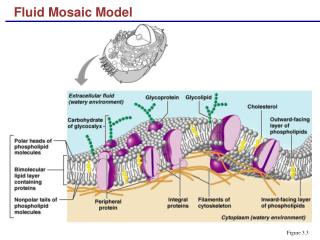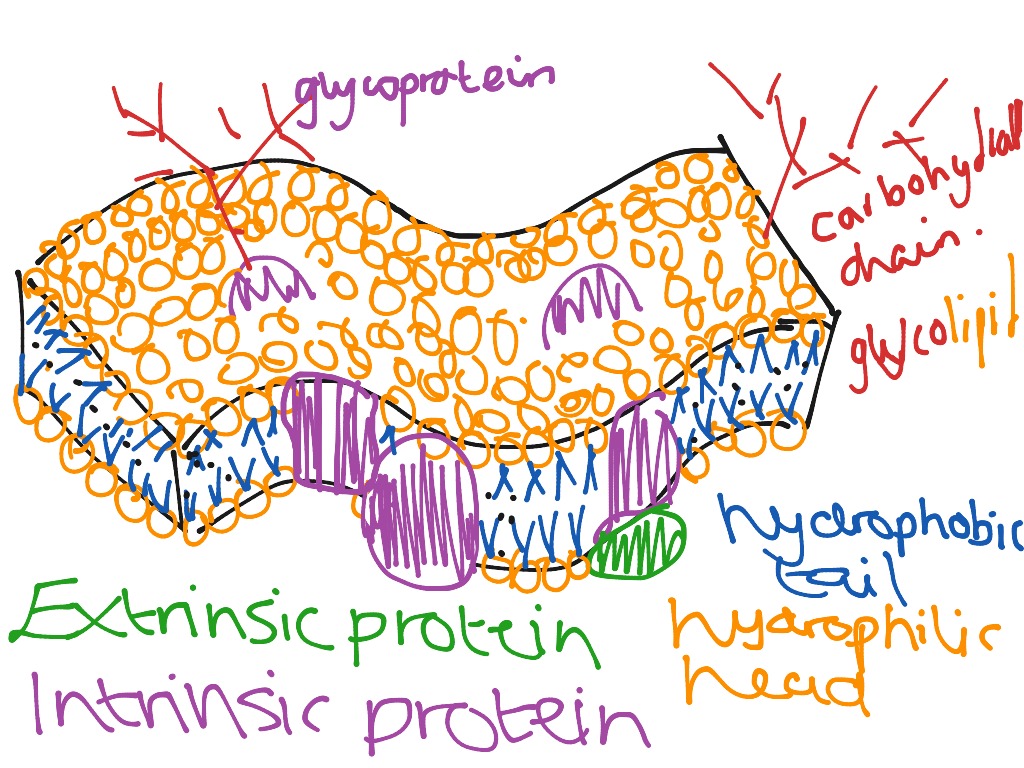


Group work and teacher feedback will follow to promote connections and clarifications. Students will take the extended vocabulary and processes and research how the molecules interact and embed to create the cell’s membrane. Initially, previewing with general background vocabulary and reviewing organic molecules will be supplied to create the context for the student driven experience. Assessment questions can be modified to extend the thinking of learners as each group is evaluated as the evaluation can take on more of a discussion format than a formal assessment normally would. Scaffolding could be used in the design of the groups to place advanced learners with struggling students. Students could be given the opportunity to serve as the expert on different model items or processes. Students can take on different assignments within the model building and assessment components. Students can be given the opportunity to make corrections to their original thinking if it was incorrect during the first assessment. Each student in the group willīe asked varying questions of difficulty to ensure that all learners are engaged and understand their model and model system. The teacher will interview each student group with questions of identification, construction and demonstration of the key processes outlined in the model building. Students should practice with their group mates describing their processes and adapt the model to the needs of the demonstration. The Playdoh construction will engage them initially with the task to create the model that is zooming in on the molecular make-up of the cell membrane.Īs student groups work on the model, the teacher will circulate throughout the room asking groups about their construction, and the processes they will model and give feedback on model strengths or flaws. They will bring with them images and diagrams to share with their group members.

Students will research the given components and processes ahead of the class period for model building. Model building with the Playdoh also serves as a motivator for creativity and sentimental stimulation. This will reinforce why it is important each group member comes to class with research and visual aids to help their team build the model as they all hold an integral responsibility for the evaluation together.Ī “lesson trailer” (a preview activity that serves a lesson like a movie trailer previews a film) will help to promote a sense of awe and wonder in the inner workings of the cell and cell membrane.

Explain the timeline forĬonstruction and evaluation. Go through the check list of items that they need to research or define to construct the model in class. Preview activity with students the day before to ensure they know the learning goals.


 0 kommentar(er)
0 kommentar(er)
